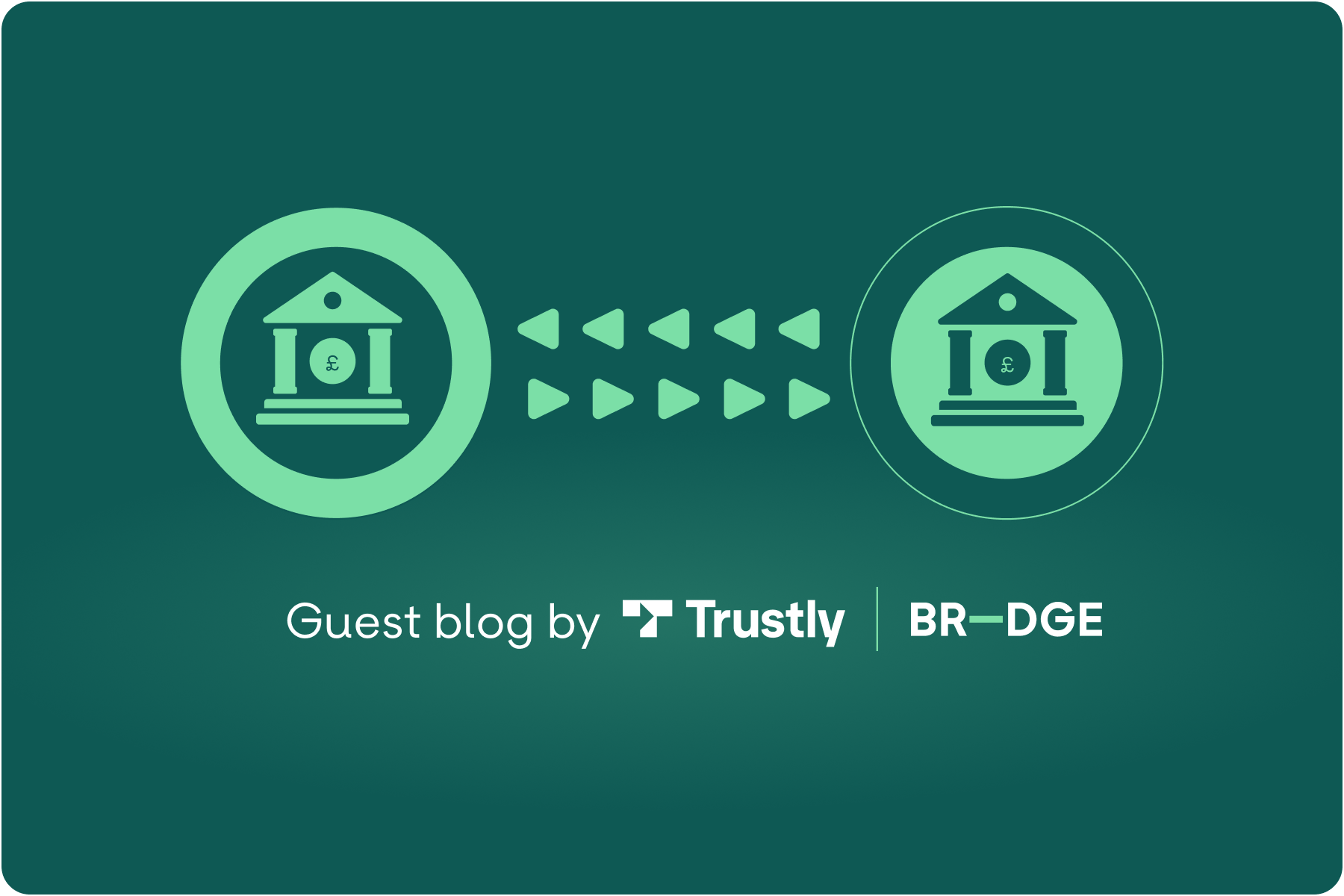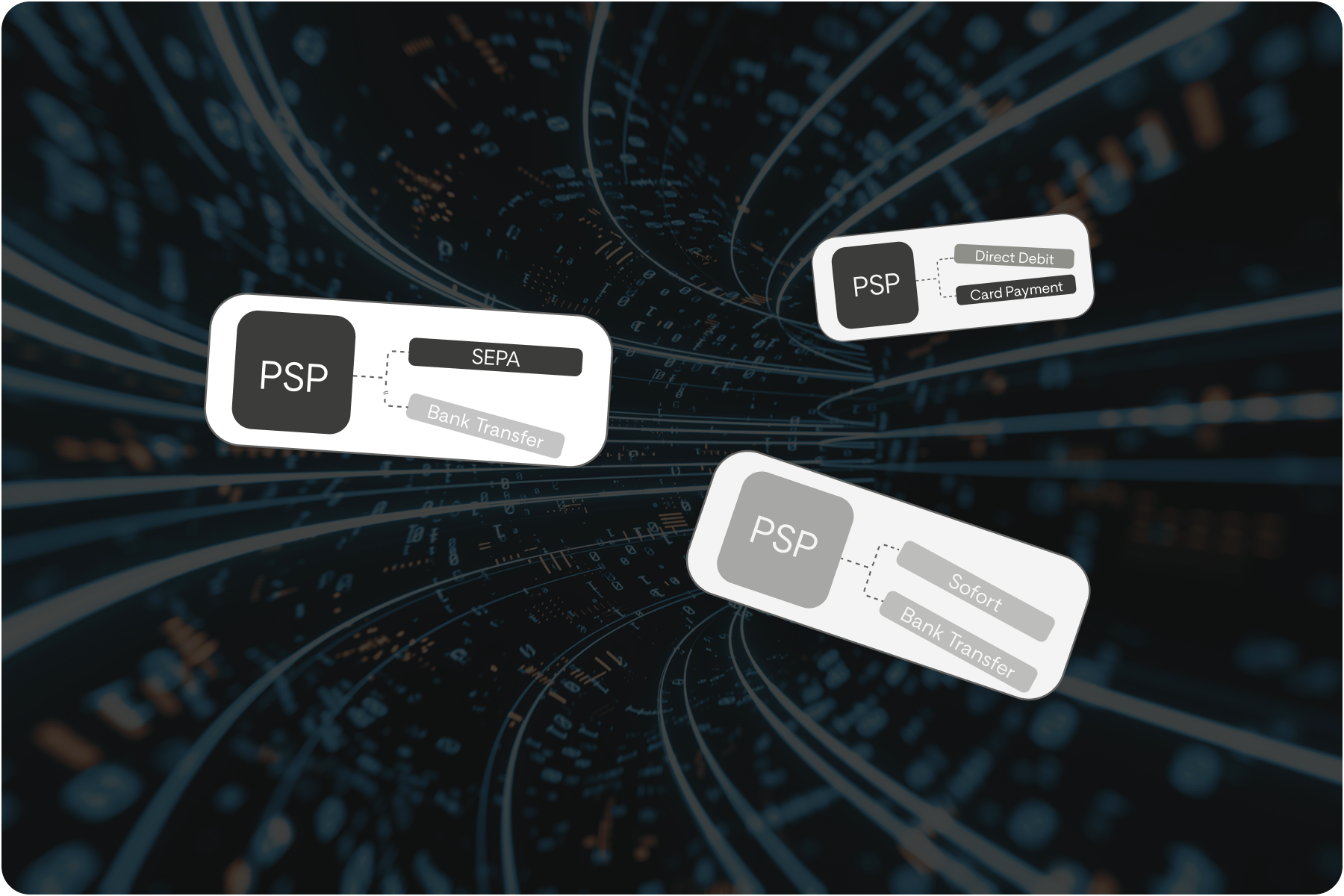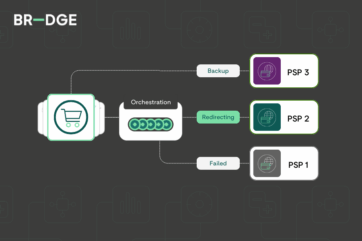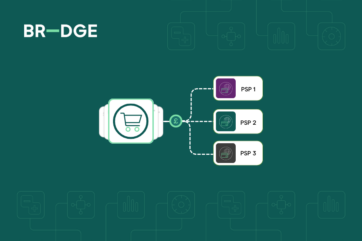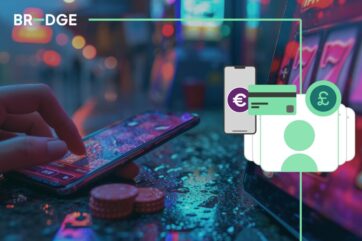
The rise of Buy Now, Pay Later (BNPL)

Buy Now Pay Later (BNPL) gained huge traction in 2020 within the UK due to the increase of online shopping, coupled with personal financial uncertainty created by the pandemic. Since then, the global BNPL industry has grown to the value of $100 billion. With an ever-growing segment of the market choosing to utilise BNPL, merchants are keen to offer the alternative payment method in order to remain competitive within the digital marketplace.
The success of BNPL if often associated with young users and this not factually accurate. Initially like all new technology the younger generation embraced the flexibility first, yet adoption has quickly filtered throughout all age groups and demographics. Increasingly within the UK, 45-50 year olds are starting to use the service to fund the purchase of big ticket items such as electronics and furniture as oppose to smaller items such as clothing. Showing the changes in adoption are not just by age group but also the price of the products purchased
But what is driving this adoption across all age groups to an industry valued at $100 billion and how as a merchant can you stay up to date with the rapidly changing payments landscape?
Market conditions creating an appetite for BNPL
It can be argued that the current economic climate is playing a role in BNPL success, with widespread uncertainty around employment, economy and cost of living much of the public is revaluating their financial situation and spending habits.
The younger generation even pre covid have not been exposed to the ideal financial climate, with studies showing that financial borrowing amongst young people being a lot higher, with an average debt to income ratio of 70% compared to 11% for 60-64 year old (Citizens advice, 2015). This willingness or appetite to borrow to maintain a modern lifestyle, has created a need for payment solutions like BNPL. In addition, exposure to subscriptions services such as Spotify and Netflix has developed a new normal for staged payments and the buy now, pay later mentality.
The effects of financial uncertainty do not just impact the under 30’s, it impacts all ages. Adoption has surged and not just for large purchases but increasingly for low-cost necessities. This strain on peoples' monthly budgets has led them to adopt BNPL for more of their purchasing needs, as 1 in 12 now use BNPL to pay for their essentials and this number will only increase over time.
From the merchant's perspective it is about offering a healthy choice of alternative payment methods and keeping up with the latest trends and payment optionality. This enables your brand and products to reach the widest range of potential customers regardless of demographic, location or payment preferences.
Speed and convenience are driving adoption
It can be argued that speed and convenience are also playing a role in adoption. BNPL is a much more convenient payment method for consumers due to two main reasons.
The first being the effects of splitting cost over monthly payments (usually interest free). This allows customers to buy a product they like instantly as opposed to having to put money aside each month until they can justify purchasing it, effectively reversing the process.
From the merchant's perspective splitting the cost of a basket has proven to increase average basket value, as well as opening the door to their more expensive products to an audience that would otherwise not consider purchasing them.
The other side of BNPL convenience is the fluidity of the payment method itself. Initially setting up your account requires you to enter a reasonable amount of information, but after this one point you will never need to enter card details again. Shopping with a new merchant who supports your preferred BNPL allows you to bypass any data input and be directed to the BNPL, reducing friction at the checkout for new customers.
Reducing friction within payments is a great way to increase conversions and mitigate cart abandonment. Consumers now expect payment methods they are familiar with to be presented at the checkout and want to have the choice and flexibility to go with a payment method that best suits their needs, which includes an option for buy now pay later.
With a payment orchestrator like BR-DGE you can offer over 200 different payment methods at the point of sale, providing a wealth of optionality through one single integration.
Designing a trustworthy checkout experience
A key reason for BNPL success is the trust users feel when using the service.
Unlike traditional loans or even credit cards, the terms of a BNPL are very transparent, short term and simple. Clearly defined instalments over a few months are much easier to take on rather than a rolling credit card or contract heavy loan. As the majority of BNPL are interest free there are no hidden costs.
This trust is then shared with the merchants who offer the payment method. According to Paypal’s study, younger consumers are much more likely to return to a merchant if they offer BNPL. With 50% of customers who use Paypal’s BNPL product using it again within 3 months, and with this figure in 6 months jumping to 70%, the study showcases that BNPL is not only encouraging repeat purchasing, but demonstrating the appetite for the payment offering too. A great example of increasing digital loyalty through the use of trusted and popular payment methods.
Through trendy marketing and upfront terms, BNPL has captured the trust and loyalty of many online shoppers with 33.1% stating they trust BNPL with their personal information (International Banker, 2021). As time goes on and major banks launch their own BNPL this figure will only increase and this trust can be utilised by yourselves as the merchant to create greater digital brand loyalty.
Getting ready for mainstream adoption
Like all new technologies the adoption rate starts steady. However, as discussed, due to the current economic climate the adoption has accelerated and filtered through to all generations. When it comes to finance, disrupting the status quo is no easy task as the public are cautious with their money. Yet the rise of BNPL has been so fast and strong that many of the major banks and processors such as HSBC and Mastercard are rushing to launch their own BNPL products to market.
Original sceptics of the payment method will be more inclined to adopt BNPL as trusted institutions support the trend. With older generations being more likely to part with their money to a brand they have known for years. Although BNPL has grown, for it to successfully penetrate the entire market, creating trust will need to be at the forefront of its development going forward, as regulation and other measures and brought into play.
For merchants, it is about ensuring that they follow customer demand and deliver a payment journey that is competitive and compelling for your respective audiences. The benefits are clear to see, from increased basket value, to a reduction in payment friction and card abandonment. A study carried out by Klarna found that adding any form of “pay later” to a checkout increases conversion rates by 7%, which demonstrates the importance for merchants to offer optionality at the checkout.
Due to the growth, brands such as Klarna, Clearpay and Lay Buy, are making moves to involve themselves in more and more of the payment process. Demand for BNPL has transcended online shopping and organisations like Klarna, for example, have plans to release their own card, almost acting as a bank BNPL will begin to enter brick and mortar shops as well as the hospitality sector. These substantial changes will gain traction and expand the potential reach of BNPL due to its applicability to all areas of commerce.
In conclusion
With its rapid growth, Governments around the world are rushing to regulate and understand the ripple effects of BNPL products. Despite the widespread discussion, the BNPL market remains undeterred and is set to keep growing throughout all areas of the world. With success across all demographics, it will continue to expand its foothold in the ecommerce market and in the future make its way into physical commerce.
Much of BNPL quick success is the product itself with its transparent terms, convenient nature and the ability to split payments have made it appealing to the public. Yet the societal and financial implications of Covid-19 have been the perfect storm for BNPL to rapidly grow. Undoubtably even without the pandemic the services would be grown, but not at the pace it has in the last couple of years. With everyone launching their own BNPL the credibility of the payment method will only improve.
New payment methods and optionality for customers are evolving all the time and many merchants are still struggling to adapt to the change. It is important with any new payment method, that merchants are prepared for change and ready to adapt and evolve alongside your customers.
At BR-DGE we are proud to be supporting a number of travel, leisure and retail brands to keep pace with change and demand, ensuring cost and development time is a thing of the past and effectively future proofing your payment stack.
Get in touch with the BR-DGE team, so you can offer all the relevant, local and up-and-coming alternative payment methods, as soon as they become available.
Related content
